Secretary of Transportation Sean Duffy released the Trump Administration’s plan for a “Brand New Air Traffic Control System Plan” today. They want to spend a lot of money to modernize technology quickly, things that airline stakeholders will be on board for, without addressing institutional failures that created the mess in the first place. That means they’re likely to make some progress (money does that!) but not accomplish nearly what they hope.
There’s no question we’re dealing with a crumbling system. That’s the fault of the FAA (how the system is managed) and Congress (poor funding models, no accountability). We’re literally decades behind NavCanada, with nearly 40% of systems “unsustainable” according to the Government Accountability Office.
The DOT does a simple job both telling and showing why there’s going to need to be an investment here. As it is, there are 300 near-collisions per year.
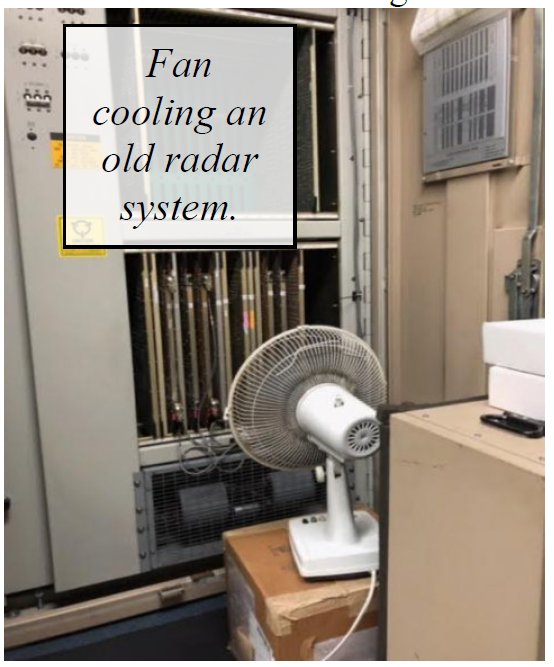
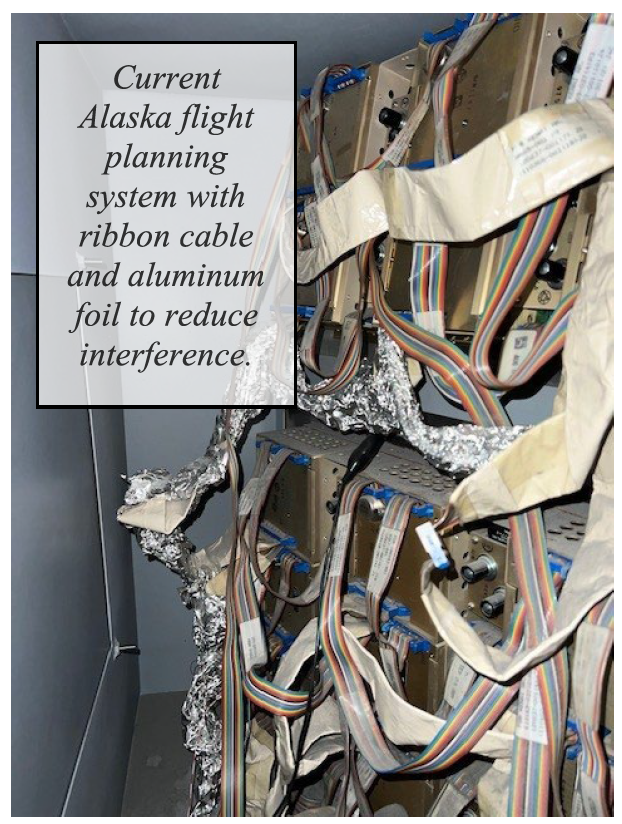
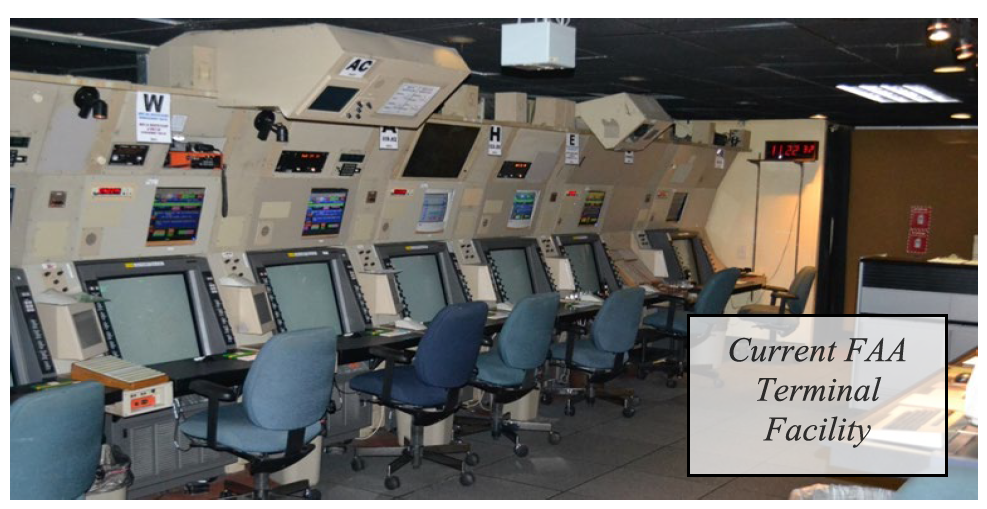
Here’s what’s in the plan:
- Funding request: They want a one-time 3-year supplemental appropriation but the document doesn’t specify an amount and I’ve re-read it several times. The $12.5 billion passed by the House has been described as a ‘down payment’ on this plan.
They also want a dedicated ‘capital account’ which, in terms of budget structure, is important. NavCanada issues bonds to pay for long-term upgrades, and pays off the bonds with user fees. The FAA’s Air Traffic Organization relies on annual congressional appropriations to fund long-term upgrades which doesn’t work as well.
- Major changes recommended over 3 years: Accelerate migration of telecommunication circuits at 4,600 sites to IP fiber/wireless before carriers sunset copper – the current plan likely doesn’t complete this until 2038. They want to replace 25,000 analogue radios and 800 voice switches with VoIP which is currently tracking for 2037. They will collapse 12 legacy primary‑radar configurations into at most two new models and upgrade 44 ASDE‑X/ASSC airports and deploy Surface Awareness Initiative tech to 200 additional airports.
Additionally, they want to expand ADS‑B to the Caribbean and difficult Alaskan and other remote areas and replace Traffic Flow Management System with Flow Management Data & Services software which dates back over 50 years and roll out Terminal Flight Data Manager to 89 towers (electronic flight strips replaces paper).
They would retire dozens of bespoke information‑display systems still running on floppy disks and CDs and begin design of a common automation platform that will ultimately displace both ERAM and STARS.
The plan also puts money into facilities like HVAC, roof, asbestos mitigation, pest and flooding problems and increases tower replacements from 1 per year (377 owned towers = 300‑year cycle) to 4–5 per year (80‑year cycle).
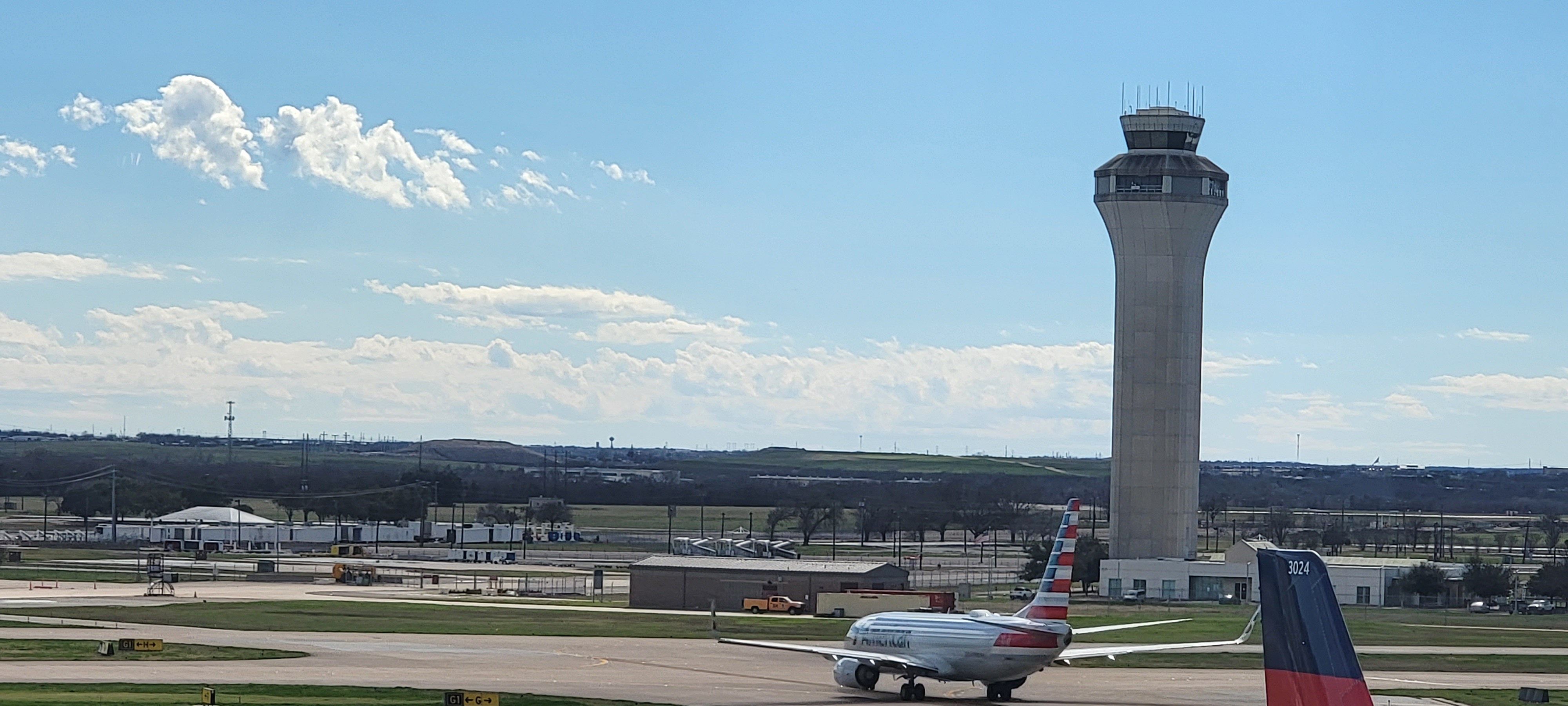
These are all reasonable things to do if your model is ‘keep the current system with all its flaws, and reward failure with more money.’ It’s largely what the airlines have been lobbying for, and what will therefore likely get support from Congress. But it’s a band-aid, and it’s far from clear that the FAA which has failed in basically every technological endeavor it’s entered in the last forty years will be able to accomplish even this in the timeline promised.
Now, air traffic control staffing remains a major problem and this plan isn’t the solution. However some improvements which started at the end of the last administration and have already been accelerated will help. The FAA is leaning into its Collegiate Training initiative, allowing training to occur at colleges where they’ve signed off on the curriculum and do audits. That helps since the FAA’s own training academy lacks the throughput to graduate the necessary controllers.
But this plan does nothing to address the core problems at FAA. While budgeting processes are a problem, they aren’t the core issue.
- The FAA’s Air Traffic Organization has no accountability because the same agency writes safety rules and runs the system. They regulate themselves. Any serious plan would split the system operator from the regulator, following ICAO best practices. (This could be done with a private stakeholder non-profit along the model of NavCanada running the system, or just putting the two functions into different agencies.)
- Creating a ‘capital account’ is good but still relies on congressional appropriations and servicing politicians rather than users and customers. A stakeholder‑run corporation could finance multi‑year capital programs outside the federal appropriations cycle, insulate projects from politics, and let airlines pay for and demand—performance.
- Modernization probably won’t succeed without cultural overhaul – Three decades of NextGen failure show how risk‑averse procurement, byzantine contracting, and lack of leadership stand in the way of progress. Pouring new money into the same culture invites more of the same.
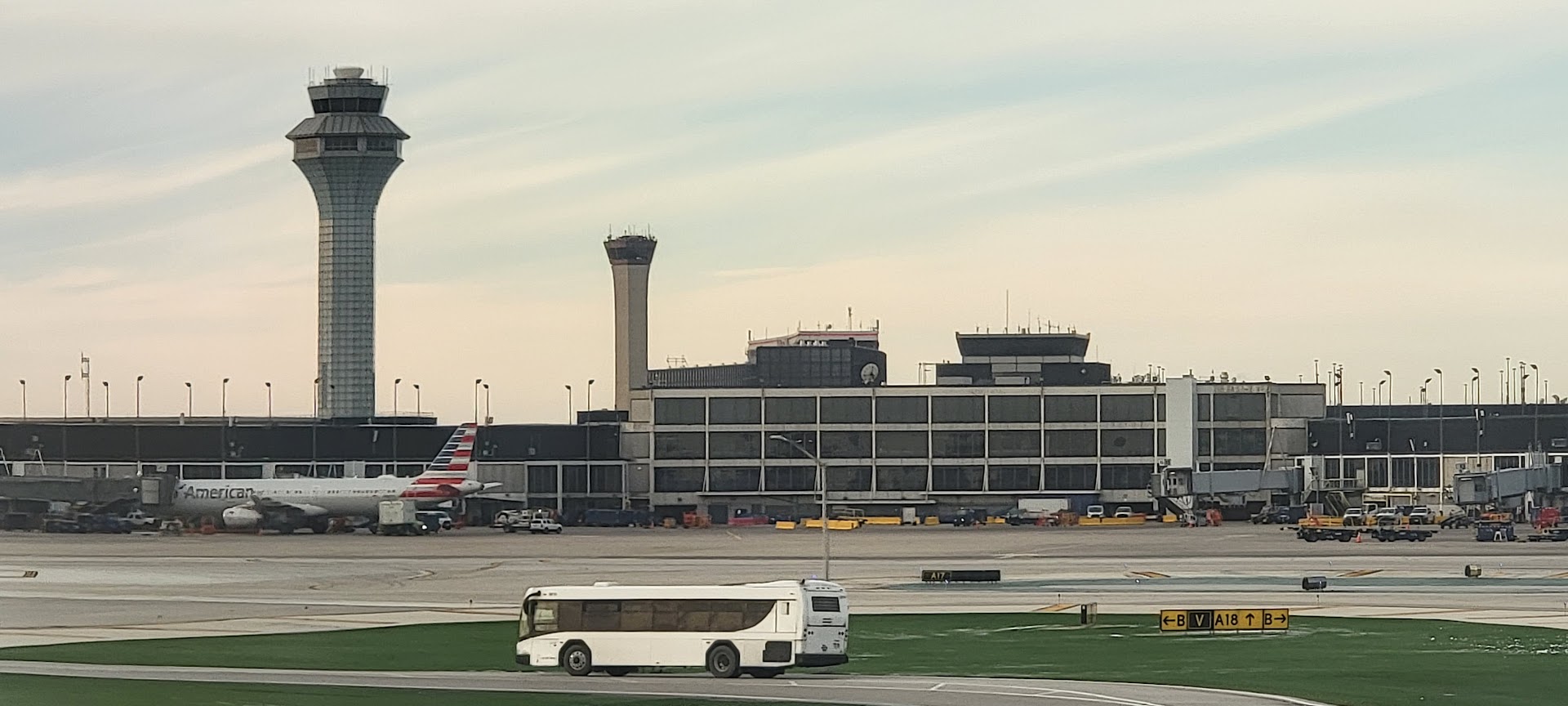
Compressing decades of hardware swaps, software integrations, and cut‑overs into 36 months is good if it can be accomplished but also brings its own risks of service disruption. The FAA’s track record doesn’t inspire confidence.
Meanwhile, the plan doubles down on aging ground radar and deferred ADS‑B/In instead of space‑based ADS‑B and trajectory‑based operations already fielded by corporatized ANSPs abroad.

And there’s not even an attempt here to lay out the goals and metrics for air traffic control, explain what measures we expect the system to hit, and then deliver on those goals. This is more money that’s probably needed, but not everything else around it that would help get the most out of that investment. Which means this is not likely to deliver as promised.


I’ve been a pilot for 49 years, 47 as a commercial pilot. Government has been talking about upgrading the entire time.
To be sure, there have been many upgrades to ATC and the airspace system. They are just not consistent across the system.
. Even ATC controller retirement is inconsistent, as many towers are privately staffed, often with retired controllers as FAA controllers have a mandatory retirement age of 56. Fifty-six!
Too old to manage aircraft, too young to be POTUS?
Gary, your faults are backwards. Congress is the primary badguy here because they live on CRs and the FAA can’t really plan a budget. I was a contractor from 2009-2012 and we had a 10 year contract that was never funded properly. CR after CR stall any progress. As for the DOT comments, if their lips were moving, they can’t be believed.
Understaffing has been a problem since 2025.
Why haven’t they been able to address this in five years?
They used to accept graduates of college ATC programs. And then they stopped. Was that only because it didn’t meet their diversity goals? I know they put diversity quotas on their own training program and dropped pre-qualification requirements. Is that why the dropout rate became so high?
The staffing issue seems separate from the technology problems. They ought to be able to fix the staffing problem more quickly if they address the reasons they aren’t training enough successful candidates.
Oops I meant since 2020 or earlier, not 2025
Trump administration….. Can we spell FAILURE?????
Thank you, Gary. Yeah, it’s almost as if we shouldn’t have trusted a con-man (and his fellow grifters and incompetents) for a second time. Yeesh. Like, we knew better. He didn’t fix much before (#45), and this time He’s and His team (who, fellas, remember, are literally in-control of all three branches of the federal government right now, so no excuses, time to govern) is making things far worse (#47, with DOGE firing at ATC, FAA, DOT, etc.) You apologists above (and probably soon to be more below) wouldn’t be so kind if it were the other team. I don’t even think any of this really is partisan. We just need to fix it, whatever the reasonable cost. If #47 can get done, then I’ll say, ‘well done, sir.’ This isn’t a not want; it’s a ‘need.’ Our safety in the air (and on the ground) depends on it.
I can’t believe I’m saying this…but I find it hard to lay this at the feet of the current administration. ATC modernization has been an issue and has been shit down by GOP and democratic controlled. administrations and Congress. The issue is that tax payers and by extension Washington doesn’t want to spend the money on infrastructure. They’d rather have more money in their pockets when their plane goes down.
The fact that anyone is shocked or that this is somehow a new emergency is laughable. We have been warned about this for 30 years. Now, it’s time to pay the piper.
@Parker — Yet, #46 actually passed the bipartisan infrastructure bill, which included funding for things like this, but it’s taking too long, and the current administration isn’t really helping or caring.
@ Ben Rich. I’ve been angry about the CRs for ever. Big ideas but when it comes to funding they hide.